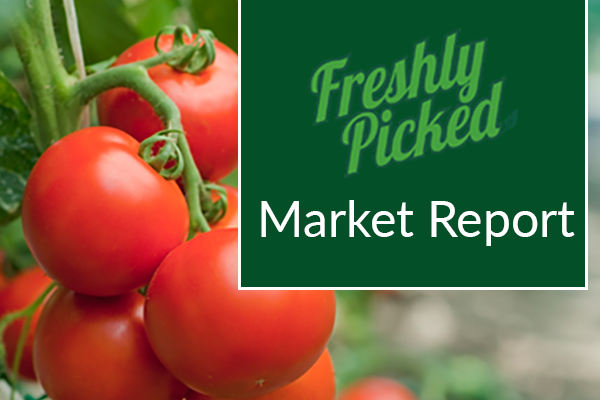Alerts & What’s Trending
- Elevate Fine Dining: Luxury Without the High Costs
- Spice Up Your Strategy: Cost Control for Mexican Restaurants
- Unlock Foodservice Success: Data-Driven Solutions from InsideTrack
Produce

Iceberg lettuce prices surged another 88% week-over-week, more than tripling over the past month to reach $39.18/carton, driven by California crop transitions and lower yields from adverse growing conditions. This sharp increase has returned prices to the typical $35-$55 range for Q4, a stark contrast to the flat iceberg pricing trends seen in late 2022. Reports suggest prices may remain elevated above $35 longer than usual as supply challenges persist.
Grains
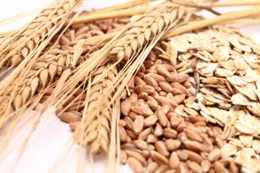
Grain markets faced declines last week, led by losses in the soybean and wheat complexes, driven by favorable rainfall in Brazil and Argentina. Soybean oil (SBO) also reversed its upward trend due to weaker export sales, the halt in palm oil’s rally, and concerns over U.S. biofuel policy under President-elect Trump’s EPA pick, Lee Zeldin, who has previously opposed ethanol growth. While palm oil’s recovery could support SBO in the short term, the long-term outlook for U.S. biofuel demand and export strength will be critical in shaping the market.
Dairy

The dairy market continued to soften last week, with cheese and butter prices declining as fluid milk remained flat amid steady to increasing production. CME spot butter fell $0.06 to $2.60/lb, with uneven demand as retail sales held steady but foodservice demand weakened. Cheese prices dropped sharply, with barrels down 8% to $1.67/lb and blocks down 5% to $1.66/lb, despite increased retail promotions. Milk production varies regionally, with steady volumes in the Northeast and Central regions, while the West reports stronger output supported by favorable conditions.
Beef
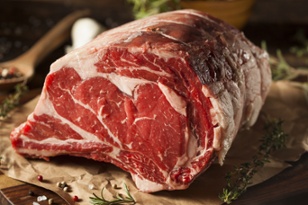
Beef production increased 1% week-over-week and 3% year-over-year due to heavier steer weights and slightly higher harvest volumes, but prices continued to soften. The choice cutout dropped 2% to $303.80/cwt, led by declines in end cuts like chuck rolls (down 44% for November) and ground beef 81% (down 9% to $2.34/lb). While some segments like bone-in ribs and tenderloins saw modest gains, overall demand is slowing as the market transitions into the Thanksgiving holiday period.
Pork
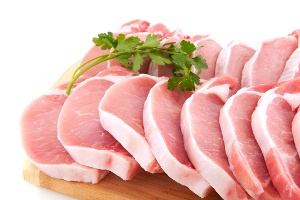
Pork production decreased by 1.7% last week to 556.4 million pounds, resulting in overall price declines across most cuts. The pork cutout value dropped 4% to $94.07/cwt, with significant decreases in the belly primal—down 19% to $129.49/cwt—and pork trim segments, where 42% trim fell sharply by 22% to $0.48/lb. These reductions present potential cost-saving opportunities for foodservice operators as prices for many primals and subprimals have softened.
Poultry

Chicken production rose 3.5% year-over-year due to increased harvest volumes and larger bird sizes, but market prices remain soft. While boneless/skinless breasts edged up slightly to $1.49/lb, tenderloins and wings continued their monthly declines, down 18% and 11%, respectively. Drumsticks and WOG prices showed modest weekly gains, but boneless/skinless thigh meat dropped 4% to $1.63/lb. In the turkey segment, prices remained stable, with whole turkeys up 1% week-over-week and breast meat flat.
Seafood
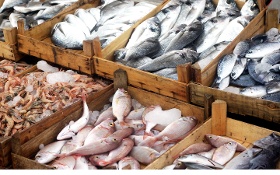
Frozen cod fillet prices hit a 12-month high of $4.25/lb in September, marking three consecutive months of increases. Import volumes remained steady between 3,600 and 4,600 MT, suggesting robust domestic demand is driving the price rally.


